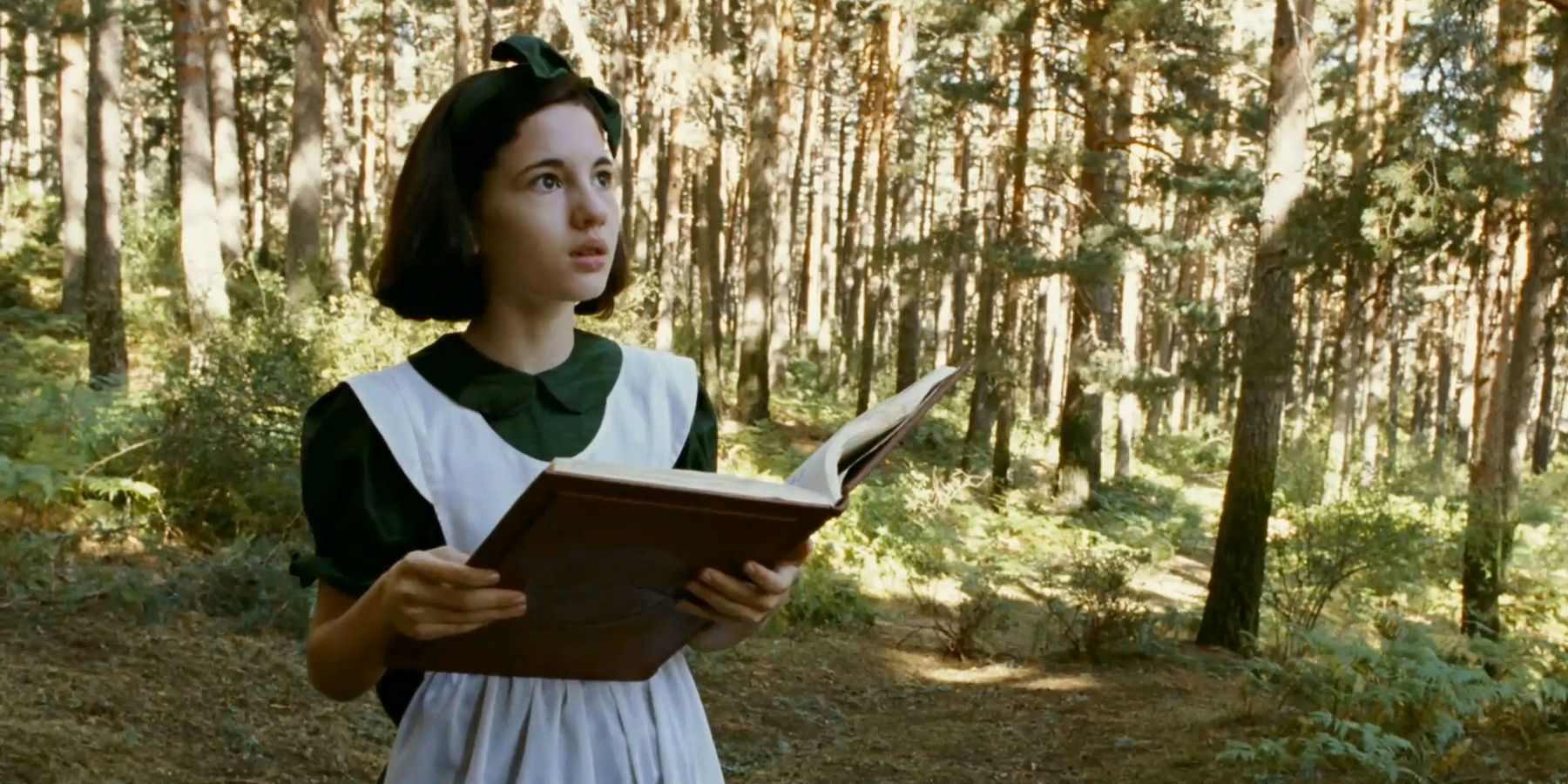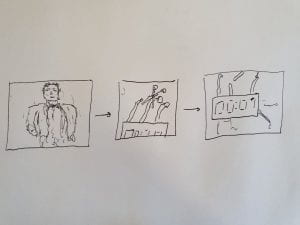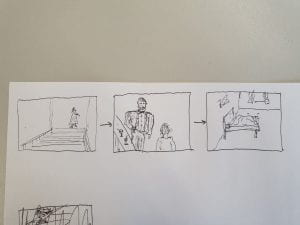| Generic Feature | Your analysis of Genre |
| Story | Our characters arrive at a new house, or neighbourhood and everything seems oddly perfect. We are then given a rumour e.g. an ancient folklore tale) which will gradually prove to be true. They meet a creepy character or find a creepy mythological object and everything starts going downhill. One by one, characters drop like flies; our protagonist becomes more and more isolated, conflict arises as characters lose their heads through fear, this is the dark night of the soul. A plan is hatched but it involves splitting up and sneaking behind the monsters back. A character sacrifices themself so that the protagonist can escape, huge explosion, or metaphorical explosion, and the monster dies, and only two characters crawl out of the rubble holding on to each other, united by family and love. |
| Themes | Survival, the human response to fear, comedy (cheap horror films are perfect for watching with a group of friends, and the varying reactions to gore and fear amongst a group of people make for pure comedy). |
| Characters | The monster -typically the reveal of the monster is saved for a climax to build tension.
The overly brave macho character -they can not handle the stress of being quiet and afraid so lose their heads and go all guns blazing into battle against the monster, hence they often die. The wimp -they will crumble under the fear, becoming almost paralysed by it; they will end up endangering other characters because they are so irrational, or they will just die. The businessman -they care about themselves and money more than anything else, they may attempt to make a deal with the monster and betray the other characters, in order to save themselves. They are similar to ‘the wimp’. The protagonist -they will always do the right thing, they would be willing to sacrifice themselves, but through fate always end up surviving -they are the chosen one. The sacrifice -they will likely be a similar character to the protagonist, perhaps even a braver and kinder character, but sadly they must die to save everyone else, they sign off with a brave salute before exploding, and everyone will remember them. |
| Setting | Traditionally Gothic. Very often characters move to a new house or a new neighbourhood which initially seems falsely pleasant. Often isolated, reducing humans to extremely primal scenarios. Often a maze-like structure; perfect for jumpscares, and separating the characters alone, anything which keeps the monster hidden and the characters (the prey) in danger – The hugeness and murkiness of the sea in ‘Jaws’ is just terrifying, a tiny boat floating above death. |
| Mise-en-scene (Iconography) | Pointed metal fences -in general anything pointy and sinister looking will be perfect. An explosion. Darkness, everyone is scared of the dark. Blood, lots of blood. |
| Production Techniques | Music is typically essential for creating the moments of tension where we know the character will die, but we don’t know when. Biased subjective camera angles allow the monster to sneak up on characters without us noticing (e.g. Character looks up slowly as dripping saliva falls on them, the monster jumps off the roof and lands on their face). The beginning of the film may feature wide domestic shots, giving the characters plenty of room to breathe, but by the climax of the film, we will have switched to claustrophobic close ups. Every open space is now dangerous rather than relaxing, and characters stay close to the walls hiding behind objects. Perhaps there would also be a lighting shift, which would switch from low contrast domestic bliss, to a darker palette (Shining is an exception, always super harsh ugly, bright lighting, everything is so plastic and falsely pleasant, and over exposed). |

/cdn.vox-cdn.com/uploads/chorus_asset/file/11706627/darkknight_movie_screencaps.com_9651.jpg)







 Another generic convention, which is especially apparent in the James Bond franchise, is the seduction of females by the main character, often to exploit them to receive information. Whilst these scenes do make for some iconic one-liners, modern audiences now rightfully demand more sophisticated roles for women. Christopher Nolan’s most recent film, ‘TENET,’ plays on all of the Spy genre stereotypes wonderfully, and uses the audience’s expectations of them as a manipulative tool. For example, after seducing a girl, James Bond will often later fall for them. This same series of events is featured in, ‘TENET,’ between the protagonist and the character of Kat, however, rather than a shallow sexual relationship forming, a much more complex conncetion of respect, and even friendship is developed, friendship being a key theme of the movie. Furthermore, when the protagonist ‘reverse bungee jumps’ into the house of a wealthy arms dealer, he, and with him the audience, instantly assume that the man the protagonist encounters is the arms dealer, when in fact the real arms dealer is the character of Priya, who we mistook to be a simple housewife. This establishes the idea that we should not underestimate Priya, and that despite her gentle motherly appearance and tone she is far from gentle. Of course, the audience and the protagonist quickly forget this warning, until it’s far too late because perhaps we still can’t quite fathom the idea of a woman being an intelligent and ‘evil’ protagonist.
Another generic convention, which is especially apparent in the James Bond franchise, is the seduction of females by the main character, often to exploit them to receive information. Whilst these scenes do make for some iconic one-liners, modern audiences now rightfully demand more sophisticated roles for women. Christopher Nolan’s most recent film, ‘TENET,’ plays on all of the Spy genre stereotypes wonderfully, and uses the audience’s expectations of them as a manipulative tool. For example, after seducing a girl, James Bond will often later fall for them. This same series of events is featured in, ‘TENET,’ between the protagonist and the character of Kat, however, rather than a shallow sexual relationship forming, a much more complex conncetion of respect, and even friendship is developed, friendship being a key theme of the movie. Furthermore, when the protagonist ‘reverse bungee jumps’ into the house of a wealthy arms dealer, he, and with him the audience, instantly assume that the man the protagonist encounters is the arms dealer, when in fact the real arms dealer is the character of Priya, who we mistook to be a simple housewife. This establishes the idea that we should not underestimate Priya, and that despite her gentle motherly appearance and tone she is far from gentle. Of course, the audience and the protagonist quickly forget this warning, until it’s far too late because perhaps we still can’t quite fathom the idea of a woman being an intelligent and ‘evil’ protagonist.